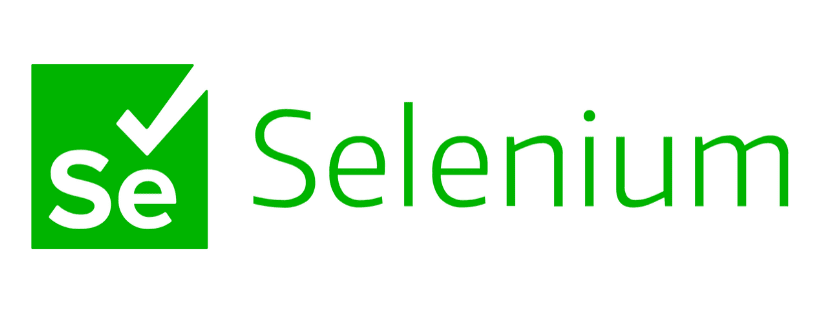I’ve just getting started automated testing with Selenium for a number of web app projects that we’ve been developing lately. My background has been all about managing the project, test plans and manual test execution, so the learning curve is a bit steep.
June 2020 - this article is out of date - checkout my newer posts on Automated Testing
Automated testing fits in well with Agile and Scrum project management. Using Selenium IDE you can first create the test case, try it out manually and then when development is finished, you just run the automated test. If the test automation completes without errors - then you can thank your developers for a job well done.
Selenium IDE is not Selenium
Well it is .. and it isn’t Selenium IDE is like a Windows 95 macro-recorder as it copies your mouse clicks and keystrokes in Firefox and then repeats it for you.
Selenium is it’s big brother and runs as a standalone java server (called web driver) and you need to know some java or other languagues to use it.
Firefox runs Selenium IDE
Selenium IDE is a Firefox browser extension, you need to have installed Selenium IDE: http://seleniumhq.org/projects/ide/, you can’t automatically use Selenium IDE to test chrome and internet explorer.
I’d also recommend you install Selenium Flow Control which will allow you to repeat, loop or iterate some of your test case.
Tags:Read more from my blog for an introduction and quick tips on developing in Hugo or UCTD.


